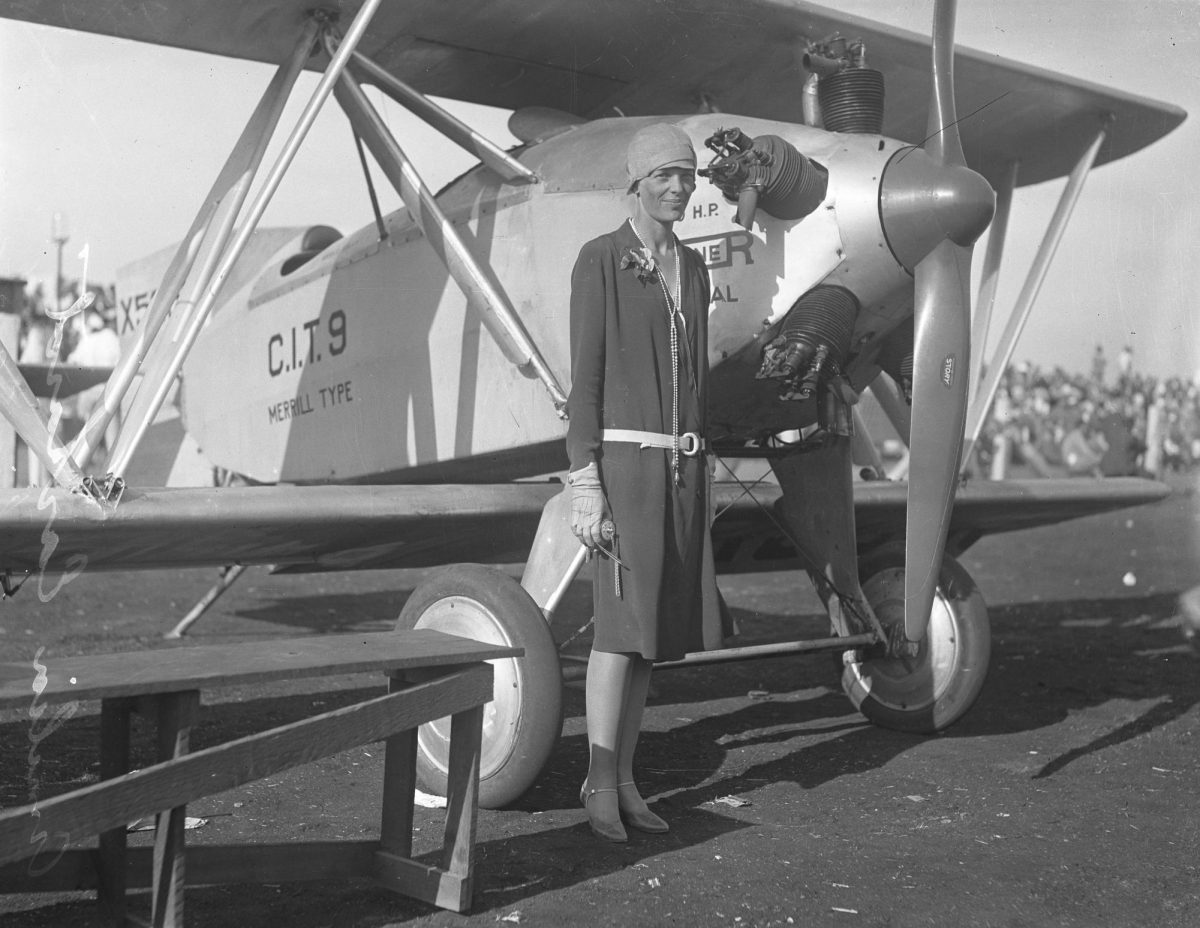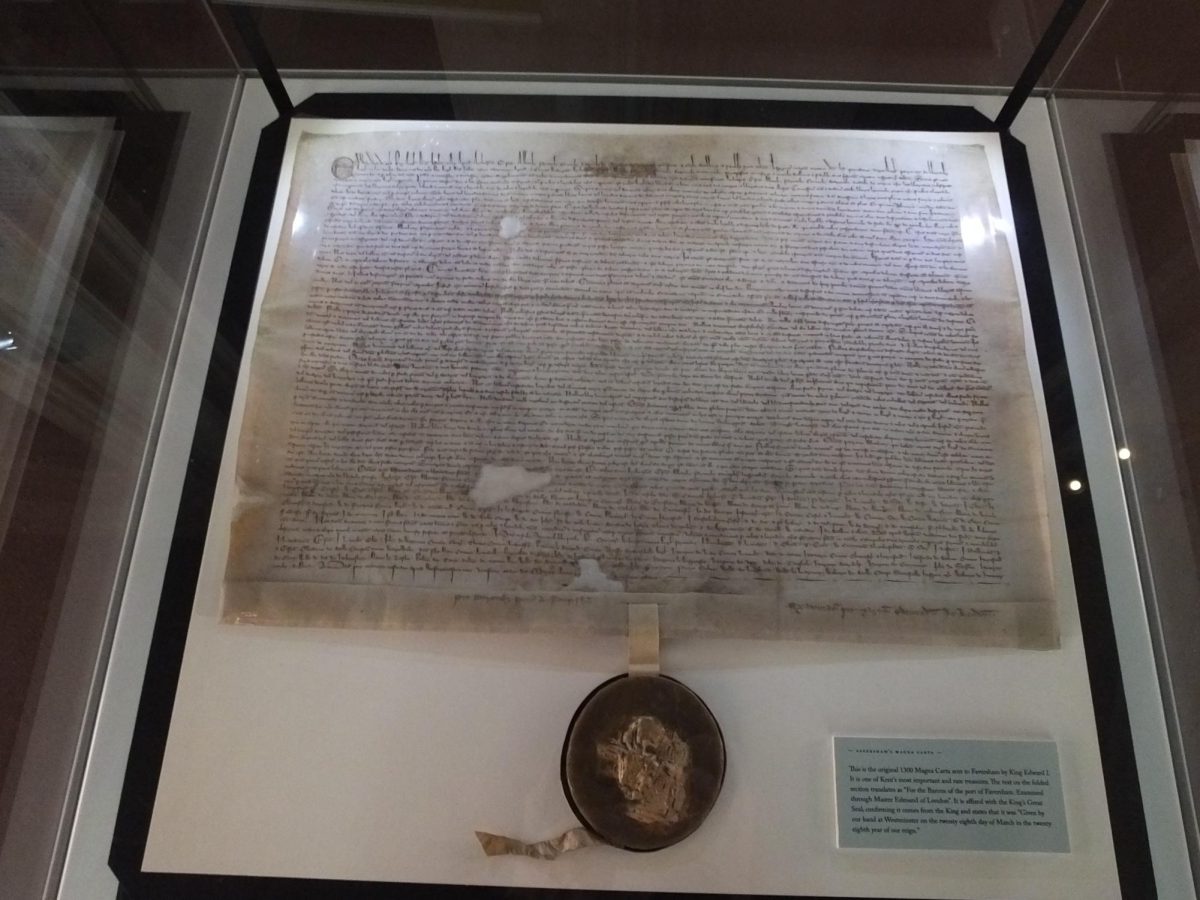On July 2, 1937, the most famous pilot in human history, Amelia Earhart, vanished off of the face of the Earth, never to be seen again. For the next few decades, the world was abuzz with desperation and confusion. Earhart was the first woman to fly solo across the U.S. continent and Atlantic Ocean, and the first person in the world to fly solo around the world. While these accomplishments may not seem as impressive in retrospect to the modern technology at our hands right now, Earhart’s journeys were during the dawn of the modern aviation age, in the 1900s. At the time, the first-ever airplane had just been created and launched and flew a mere 12 seconds in the air before crash-landing. On her last journey, Earhart decided she wanted to fly around the world; from Hawaii to the mainland over the Pacific Ocean. What happened next is one of humanity’s greatest mysteries. At the peak of her fame, as she was about to complete her mission and secure another step towards advancement, she disappeared. Scientists and politicians have worked tirelessly for decades, scouring the area where her signal was last transmitted, but none of them found a thing.
Now, in modern times, on January 20th, 2024, more than 80 years after Earhart’s disappearance, a former U.S. Air Force intelligence officer, Tony Romeo, has captured sonar images of a plane on the seafloor of the Pacific Ocean. While the model’s serial number has not yet been confirmed, the images themselves show a vehicle seemingly identical to the one Earhart was using during her solo voyage, the Lockheed 10-E Electra. Experts from the Universities of California and New Hampshire have taken closer looks at the photographs taken. They cannot confirm that the plane is indeed Earhart’s, but they advise “not to lose hope just yet”, as this is the closest humanity has gotten to solving this century-long mystery.
In June of 2023, Romeo and two of his brothers, all pilots, decided they wanted to try and solve the Earhart enigma. They pulled out maps and textbooks and began imagining Earhart’s strategy at the time, planning out potential detours and the route she may have taken. After plotting the area she was likely to have disappeared in, Romeo sold his real estate interests and spent over $11 million to fund the trip and provide the high-tech gear needed for the search. They began their expedition in early September from Tarawa, a port near the middle of the Pacific Ocean with a 16-person crew of researchers and former pilots. They went on outings that lasted 36 hours each. From September to the end of their expedition, the submersible searched 5,200 square miles of the ocean floor. About a month in, they captured a sonar image of an object resembling a plane. However, the team didn’t discover the image until about 3 months into the trip, which by then, wasn’t practical nor possible to turn back and search more closely. In December of 2023, four months after the start of their missions, Romeo and his team returned from the expeditions with a sonar image of an aircraft resting on the ocean floor.
The search for Earhart’s plane is challenging because of the remoteness of her last known location, which to this day, remains a vast possible area. “It’s very deep water, and the area that she would have possibly is huge,” Professor Cristina Davis of the UC Davis Aviation Department said. Regardless of these setbacks and challenges, researchers continue to strive to solve this mystery, including the further investigation of the plane Romeo and his team found.
As the decades pass and the mystery of Amelia Earhart’s disappearance persists, her legacy endures as a poignant reminder of the complexities of human exploration and the enduring allure of the unknown. Romeo and his team have come borderline close to the discovery. We can only hope that further investigation will finally lead us to the answer after decades of struggle.













































































































































